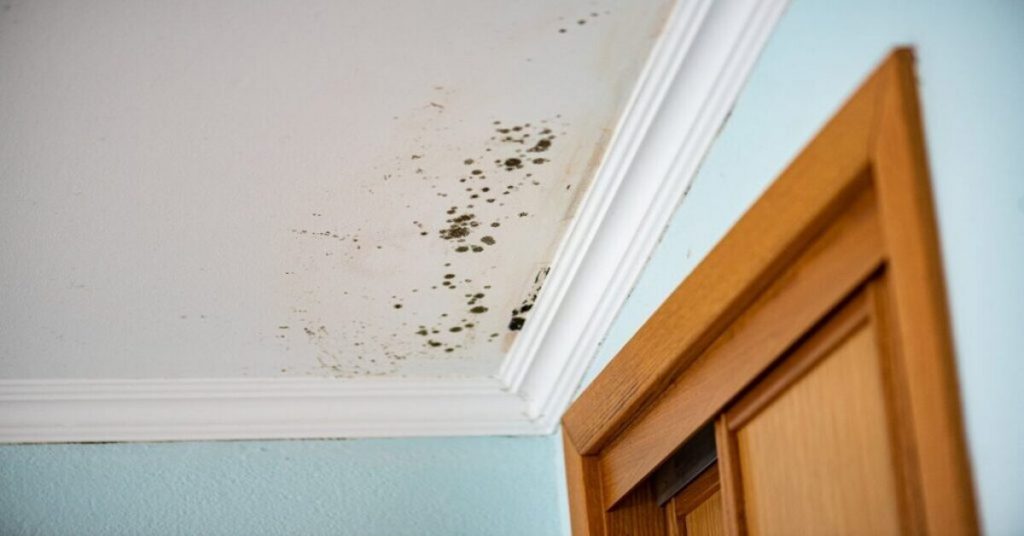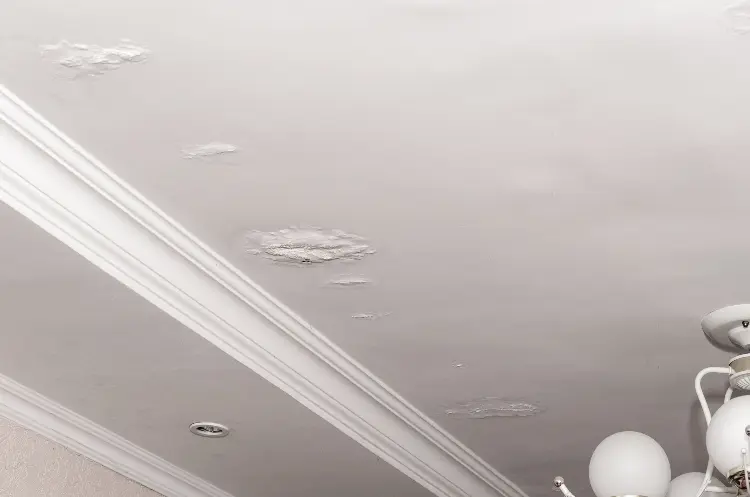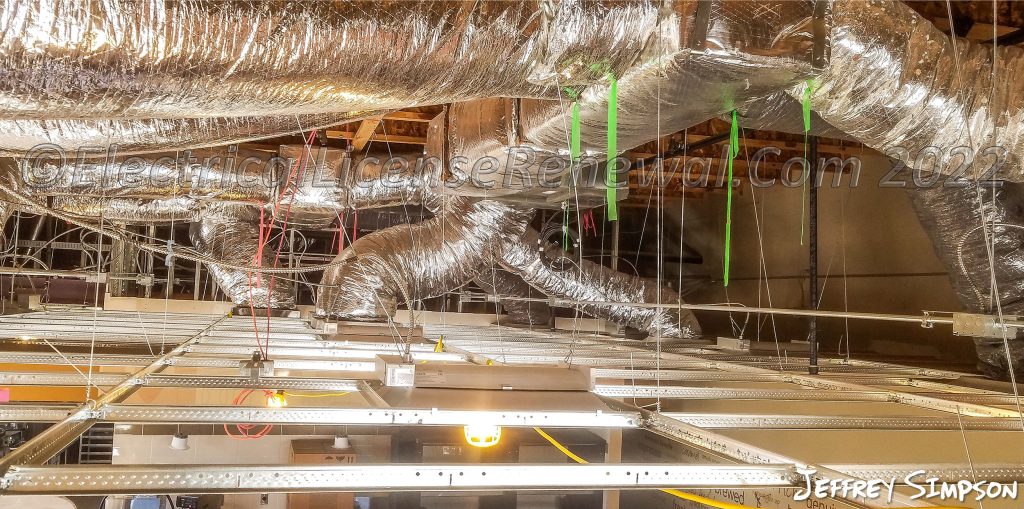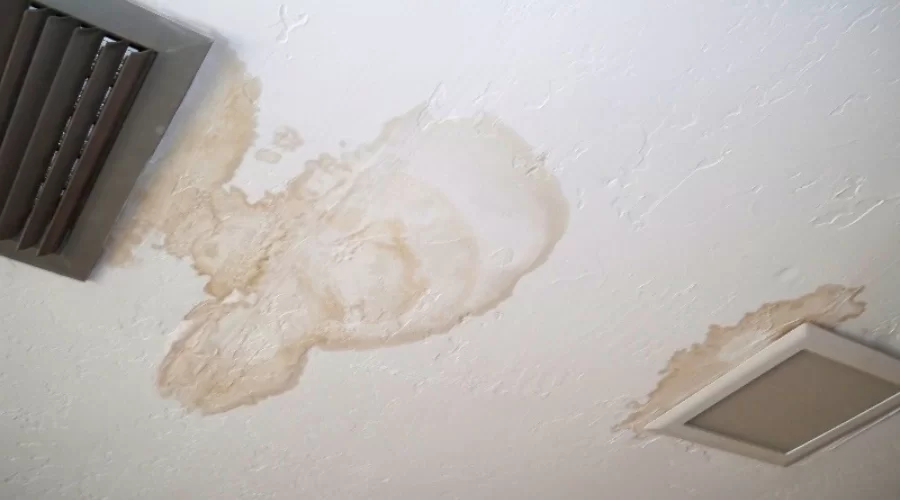Ceiling cracks can be a worrisome sight. Dive into the depths of understanding “What Causes Ceiling Cracks” and discover effective solutions to maintain the structural integrity of your living space.

Introduction
The appearance of cracks on your ceiling can trigger concerns about the structural stability of your home. In this in-depth exploration, we will unravel the mysteries behind “What Causes Ceiling Cracks” and provide valuable insights into preventive measures and solutions for this common issue.
Understanding What Causes Ceiling Cracks
1. Natural Settlement:
- Over time, buildings undergo natural settlement, causing materials to shift and potentially leading to minor cracks in ceilings.
2. Temperature Fluctuations:
- Extreme temperature changes, especially in regions with harsh climates, can cause materials to expand and contract, resulting in cracks.
3. Humidity and Moisture:
- High humidity levels or water leaks can weaken ceiling materials, making them more prone to cracking over time.
Types of Ceiling Cracks
1. Hairline Cracks:
- Thin, superficial cracks often caused by settling and generally not indicative of severe structural issues.
2. Vertical Cracks:
- Commonly associated with settling or foundation movement, vertical cracks may require closer inspection.
3. Diagonal Cracks:
- Diagonal cracks can signify more significant structural movement and may necessitate professional assessment.
What Causes Ceiling Cracks: Unraveling the Factors
Ceiling cracks can result from a combination of various factors. Understanding these elements is crucial in determining the appropriate course of action.
1. Structural Issues:
- Foundation settlement or movement can exert stress on the structure, leading to cracks in the ceilings.
2. Poor Construction Practices:
- Inadequate construction techniques or the use of subpar materials during the building process can contribute to ceiling cracks.
3. Inadequate Support:
- Ceilings without proper support, such as insufficient joists or beams, are more susceptible to developing cracks.
Addressing and Preventing Ceiling Cracks
1. Fill and Seal Hairline Cracks:
- For minor, hairline cracks, use a suitable filler and sealant to prevent further expansion.
2. Address Underlying Issues:
- If cracks persist or worsen, consult with a structural engineer to identify and address underlying issues.
3. Maintain Consistent Humidity Levels:
- Use dehumidifiers to control indoor humidity, preventing excessive expansion and contraction of materials.
Preventive Measures for Long-Term Stability
1. Regular Inspections:
- Conduct routine inspections to identify potential issues before they escalate.
2. Proper Ventilation:
- Ensure adequate ventilation to regulate temperature and humidity levels within the home.
3. Professional Consultation:
- Seek professional advice during the construction or renovation process to ensure proper structural support.
Read too: Understanding and Addressing a Leaky Ceiling in Your Apartment: Navigating the Drips
Conclusion
Understanding “What Causes Ceiling Cracks” is essential for maintaining the structural integrity and aesthetic appeal of your home. By identifying the contributing factors, addressing issues promptly, and implementing preventive measures, you can ensure a stable and resilient ceiling structure. Whether you are dealing with hairline cracks or more significant issues, taking a proactive approach to ceiling maintenance will contribute to the long-term stability of your living space.



